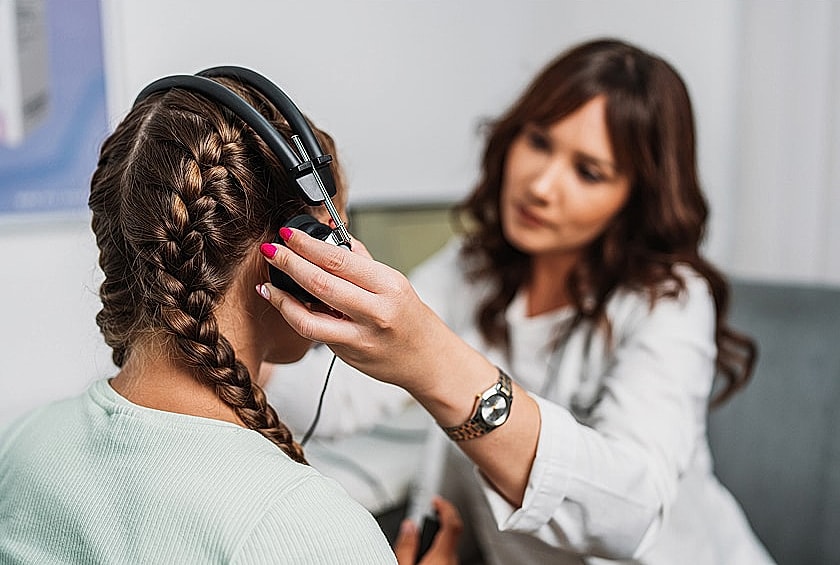
















Vocal health is essential for singers, performers, public speakers, and voice professionals. Constant voice use, improper technique, acid reflux, or vocal strain can lead to hoarseness, pain, vocal fatigue, or long-term damage. At SoCal ENT, we specialize in singing voice therapy and offer personalized treatment plans to help vocalists recover, strengthen, and optimize their voices.
Our therapy programs are designed to restore vocal health, prevent further damage, and enhance vocal performance through targeted breathing techniques, vocal exercises, and advanced diagnostic tools. Whether you're a professional singer, actor, teacher, or public speaker, our goal is to help you use your voice powerfully and without pain.





Singing voice therapy is a specialized form of speech therapy designed to:
At SoCal ENT, our specialists use cutting-edge diagnostic tools to evaluate vocal cord movement, muscle tension, and airflow. By identifying underlying vocal issues, we create customized therapy plans that focus on rehabilitation, prevention, and vocal optimization.
At SoCal ENT, we use a comprehensive, evidence-based approach to diagnose and treat vocal issues.
Step 1: Diagnosis & Vocal Evaluation
Flexible Laryngoscopy
A thin, flexible endoscope is inserted through the nose to examine the vocal cords and throat structures in real time. This allows us to identify abnormalities, inflammation, or strain.
Videostroboscopy
Since vocal cords vibrate at high speeds, videostroboscopy captures slow-motion footage of vocal cord movement, providing a detailed analysis of vocal function.
Reflux Evaluation
Acid reflux can irritate the vocal cords, leading to chronic hoarseness and discomfort. If reflux is a factor, we develop dietary, medical, and lifestyle recommendations to reduce symptoms.
Step 2: Personalized Singing Voice Therapy
Each patient receives a customized voice therapy plan, which may include:
Singing voice therapy helps prevent and treat various vocal disorders, including:
By addressing underlying causes, singing voice therapy restores voice quality and function, allowing professionals to perform at their best.

Singing voice therapy offers long-term vocal health benefits, including:
With consistent therapy and proper vocal care, patients see lasting improvements in voice quality and endurance.

You may benefit from singing voice therapy if you:
If you rely on your voice for work or performance, regular vocal care and therapy can prevent long-term damage.

Recovery from singing voice therapy depends on the severity of your vocal condition and your adherence to therapy exercises. Most patients experience gradual improvements within a few weeks, while more severe conditions may require several months of treatment.
Your ENT specialist and voice therapist will provide a personalized recovery plan, including vocal rest, hydration strategies, and breathing exercises, to support healing and prevent further strain.

With consistent therapy and proper vocal technique, most patients experience:
For professionals who rely on their voice, ongoing vocal maintenance and therapy exercises ensure long-term vocal health, performance quality, and career longevity.
The duration depends on the severity of your vocal issues. Many patients see improvement in a few weeks, while more complex conditions may require several months of therapy.
Yes! Proper vocal technique, breath support, and therapy exercises help reduce strain, improve endurance, and prevent nodules or polyps.
Many insurance plans cover speech therapy for voice disorders. We recommend checking with your provider for specific coverage details.
If you experience persistent hoarseness, throat pain, vocal fatigue, or changes in voice quality, a consultation can determine if therapy is right for you.